The Dead and the Others (Chuva é Cantoria na Aldeia dos Mortos)
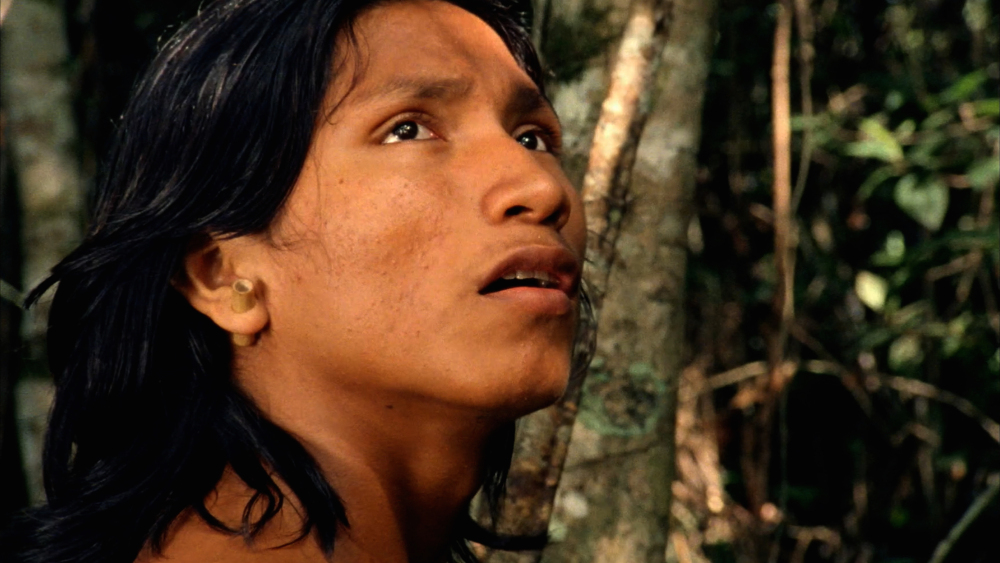
The Un Certain Regard category of the Cannes Film Festival has long been the place to look for the most cutting-edge contemporary cinema. But perhaps most importantly, it’s a place where stories on the margin are given a platform to be told and shared with the world. The Dead and the Others (Chuva é Cantoria na Aldeia dos Mortos) is a remarkable work of cultural anthropology, but one which falters in the grey area between documentary and fictional drama.
Co-directors Renée Nader Messora and João Salaviza team up to create this visually striking feature that tells the story of 15-year-old Ihjãc Krahô – an Indigenous person in present-day Brazil – as he fights an internal struggle following his father’s death. Having received visions of a shamanic nature, the protagonist shirks the fulfilment of this destiny and leaves the village to spend time in a contemporary town. The culture clash is glaring, and after his wife Kôtô visits with their son and reminds him of their life at home, he finally accepts his fate and returns to the village to prepare his dad’s funerary feast.
In this way, the documentary takes on a narrative quality as the audience does follow Ihjãc’s journey through an amplified cinematic lens. Incredible sound design in conjunction with the reverential landscape shots successfully transports the viewer into the jungles of Brazil. We’re presented with a carefully constructed picture that’s flexible in its function: taking on a more enchanting quality when in the jungle and a more practical role when in the city. The directorial team plays into this greater sense of mysticism that’s connected to ancient tradition in the Indigenous community by highlighting the beauty of nature and by overtly dramatising the main character’s visions. Conversely, the scenes which take place in an urban environment have the very sterile feel of untampered reality.
This juxtaposition makes for an interesting viewing experience, but ultimately The Dead and the Others fails on one crucial level: the subjects of the movie feel rather like conduits to tell the story and to express general reverence rather than actual characters or human beings that one can empathise with. Although Ihjãc is the protagonist of the film, he himself feels rather distant and removed. One of the few moments where the documentary lens is turned on the villagers is when they’re shown bathing in a lake and Kôtô is seen gossiping with her friends. There’s a sense of being outside looking in with this feature that’s mitigated by moments like this, when the viewer is reminded of their similarities to a people and culture that feels so far from their own. The choice to dramatise the spirituality of the jungle makes for a captivating visual experience, but unfortunately also creates an even more stark divide between the two worlds, which was perhaps not the goal.
Zoe Tamara
The Dead and the Others (Chuva é Cantoria na Aldeia dos Mortos) does not have a UK release date yet.
Read more reviews from our Cannes Film Festival 2018 coverage here.
For further information about the event visit the Cannes Film Festival website here.
Watch the trailer for The Dead and the Others (Chuva é Cantoria na Aldeia dos Mortos) here:


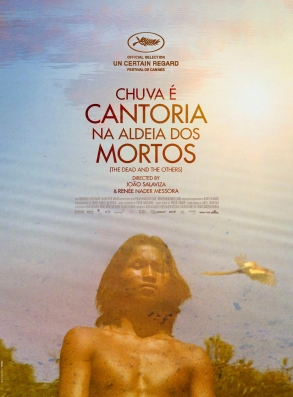
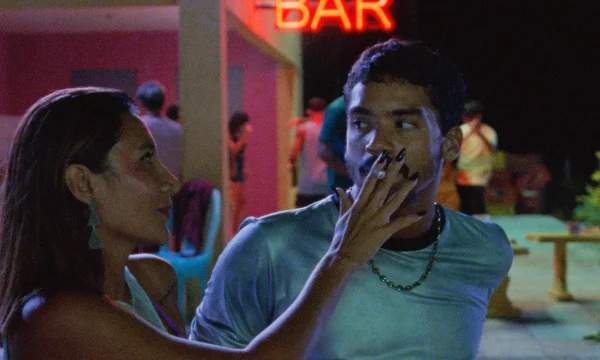
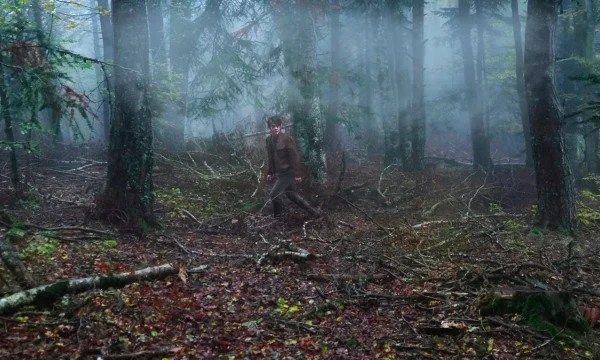
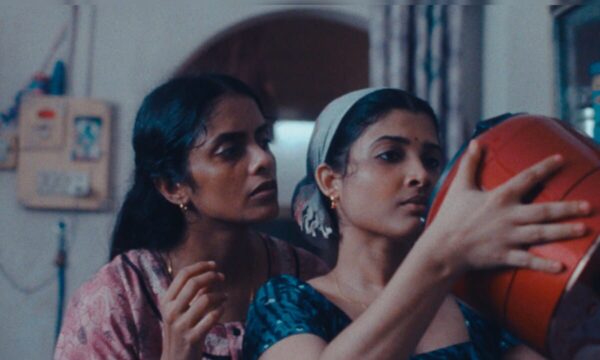
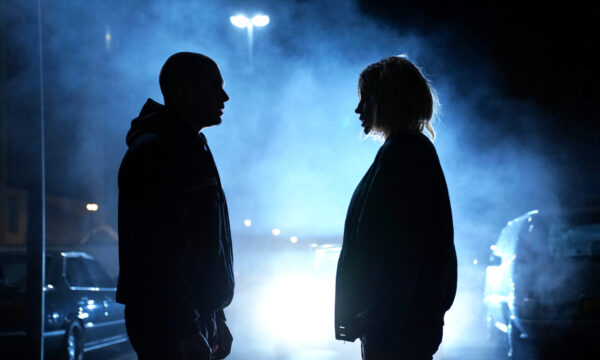
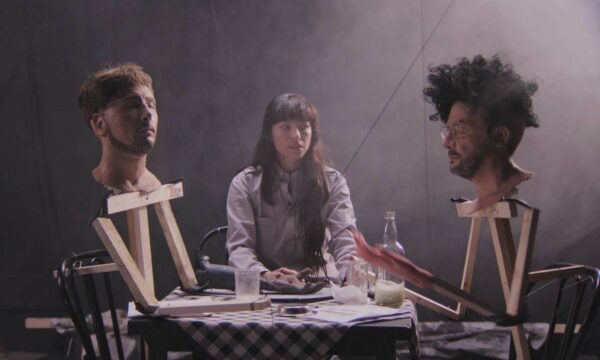
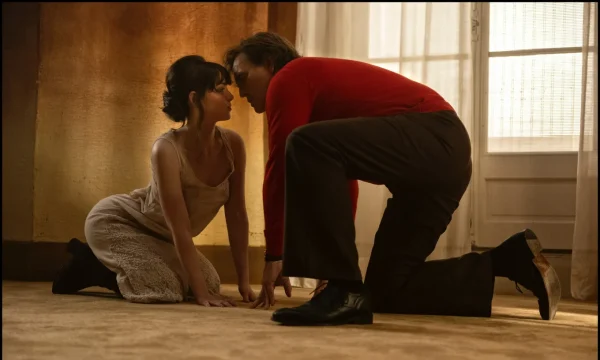
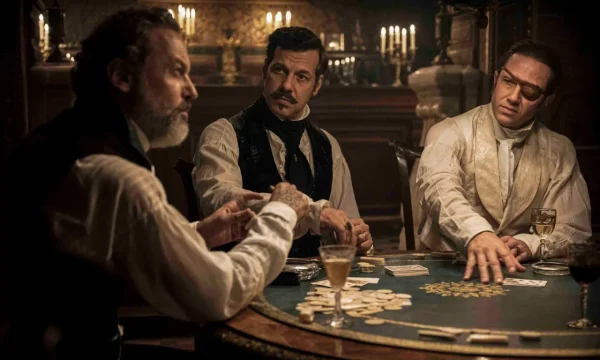
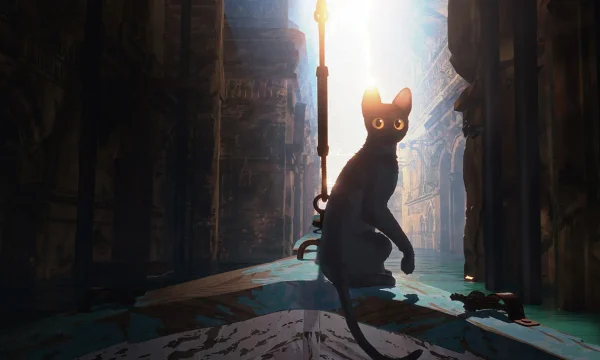
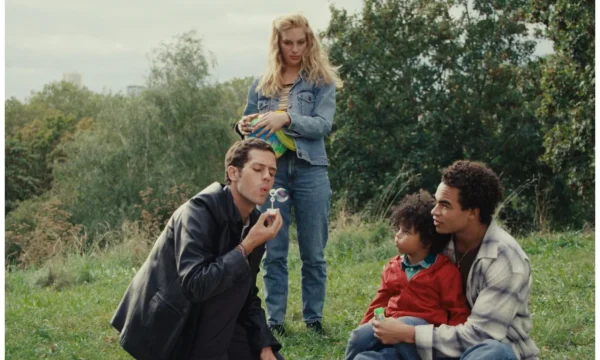








Facebook
Twitter
Instagram
YouTube
RSS